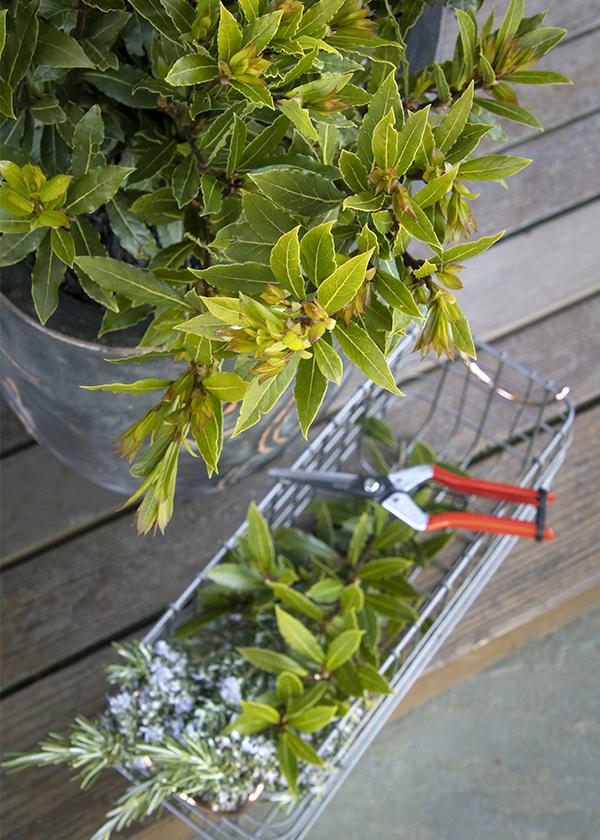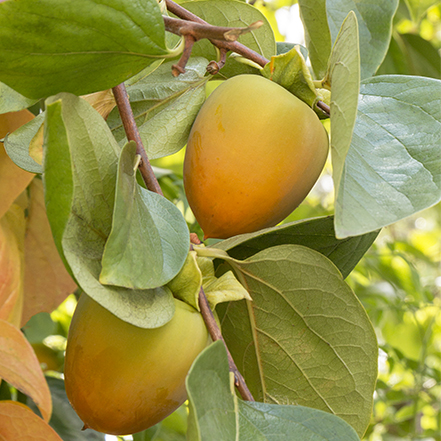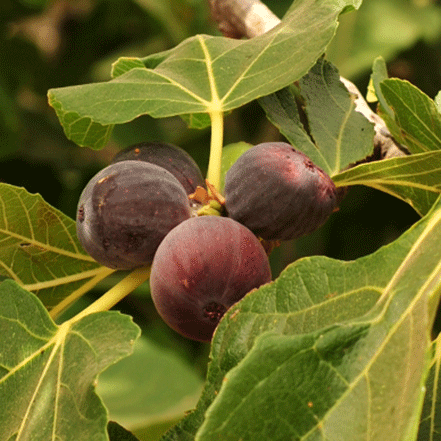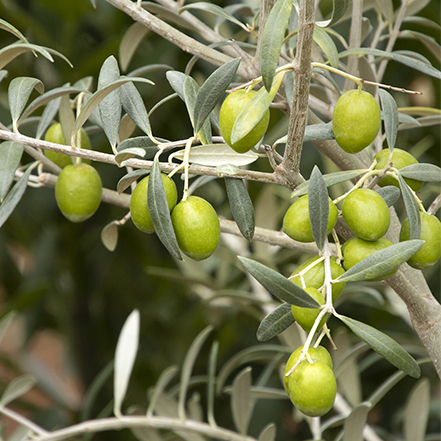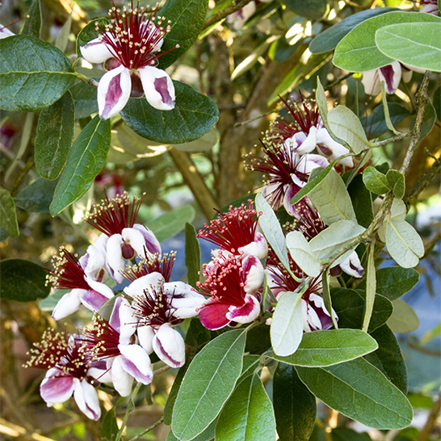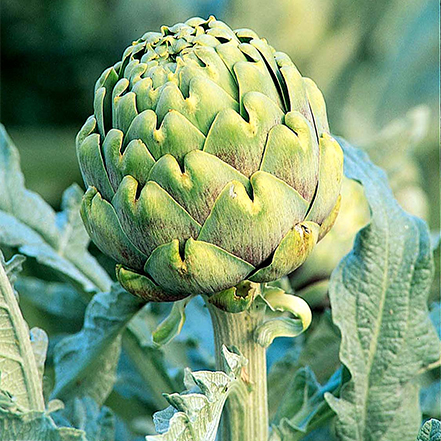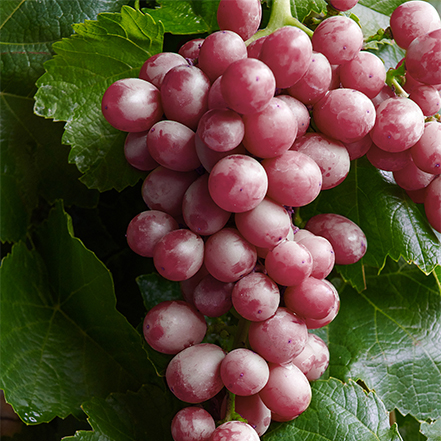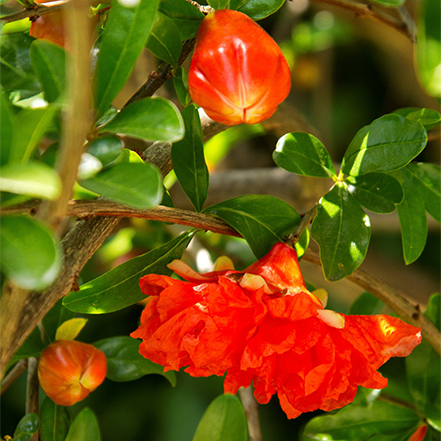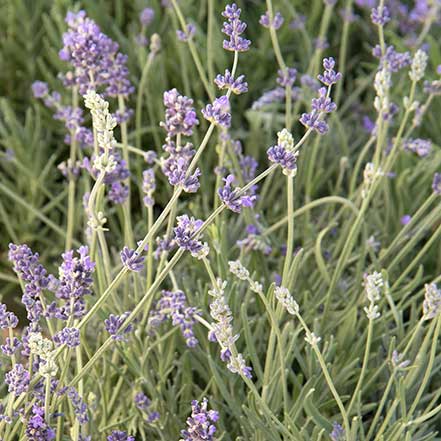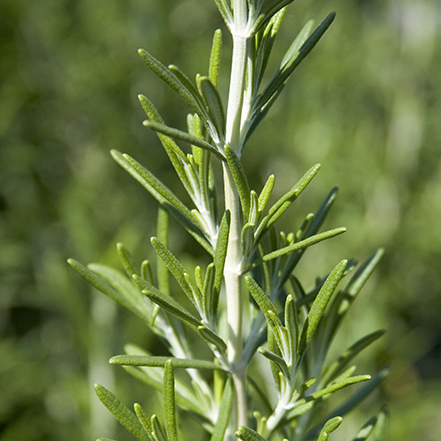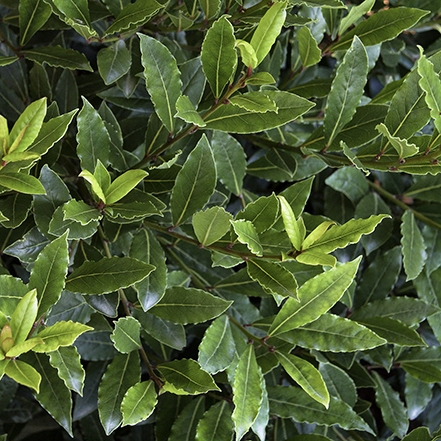With drought gripping nearly half of the continental United States, waterwise gardening is top of mind for many of us. Rising temperatures and prolonged drought conditions can make gardening a challenge, especially when it comes to growing edible plants. Fruit and vegetable crops typically require quite a bit of water to produce a healthy, bountiful harvest. So, in times of water restrictions and drought, many will ask if growing an edible garden is even possible.
We're here to answer your questions about drought-tolerant edible gardening. And provide support to make your gardening approach more responsible and sustainable. Let's start with the two most common questions and then dive into our top tips:
Can I grow edible plants in a drought?
Yes! You can still grow edible plants, but your harvest might be different than you're used to. Instead of tomatoes, cucumbers, and zucchinis, it might be figs, persimmons, and artichokes. You'll also need to use and conserve water in ways that you're not used to. The change might take some getting used to. However, with hot, dry weather becoming more persistent, you'll be happy you made some changes. Both in your plant choices and gardening habits.
How do I grow food in a drought?
You can grow food in a drought by using waterwise gardening practices and growing the appropriate, drought-tolerant edible plants. We've put together a short guide to help you and your garden adapt to a drought-prone climate. We're including our top waterwise gardening tips and our top 10 drought-tolerant edible plants. Plus a list of resources to support you in a drought. Check out our Waterwise Gardening Webinar for an in-depth look at our favorite drought-tolerant plants and water-saving gardening tips.
Top 10 Waterwise Gardening Tips for Growing Edible Plants in a Drought
- Trees, vines, and shrubs tend to be the most drought-tolerant edible plants, especially if they are already established.
- Established fruiting trees should be watered infrequently and deeply (once every 4-6 weeks, depending on conditions and water restrictions).
- Use a thick 3" layer of mulch around plants. Take care not to build a mound of mulch at the base of the plant. If you live in an area susceptible to fires, check your local firescaping resources for information on firewise mulching. Fire Safe Marin, for example, recommends avoiding shredded bark and "Gorilla Hair" mulch within 30' of any structure. Opt for compost, large bark chips, and gravel mulch instead.
- Water plants in the early morning before temperatures heat up. Avoid the temptation to water in the heat of the day, which will waste water. Wait until temperatures cool to water!
- Pay attention to when water is most important — transplanting and fruit forming periods. Once flowering and fruiting have been accomplished, the plant needs less water.
- Practice "dry farming" (cultivation of a crop without irrigation) once the fruit has been set.
- Plant your edible plants in a location that is protected from strong winds. These can sap the moisture out of the soil quickly.
- Step back your fertilizing routine. Too much fertilizer with too little water can stress your plants during drought conditions.
- Established edible trees and shrubs (at least 3-5 years old) are more resilient and drought tolerant than younger plants. When choosing what to water, choose your younger plants.
- Grow what you need for yourself or your family during a drought. When water restrictions are in place, it’s not the season to plant a large vegetable garden.
Top 10 Drought-Tolerant Edible Plants
As you look through our list, you'll note that many of these plants are best suited for warmer zones. However, gardeners in colder zones can grow some of these in containers that can be protected and brought indoors. Plus, we've noticed that many gardeners in colder zones have had luck growing perennial fruiting plants. Such as grapes, strawberries, and blackberries in drought conditions with little additional irrigation. You may not get as high of a yield as a year with more rain or irrigation. However, they will still likely set fruit if they are healthy, established plants.
Fruit trees like figs, olives, and persimmons offer a fantastic way to grow fruit in a drought. As do low-maintenance shrubs like pineapple guava and pomegranate. Mediterranean herbs are often drought tolerant, too. Dry gardens will see lots of luck with tough herbs like thyme, garden sage, oregano, rosemary, sweet bay, and lavender.
Sound a bit different than the edible garden you're used to growing? That's ok! As gardeners, we are used to adapting. That's exactly what we have to do seeing drought sweep through the western half of the country year after year. The sooner you start planting with extreme conditions in mind, the better your garden will fare. Especially the next time hot, dry conditions hit your garden.
3 Drought Tolerant Fruit Trees
Oriental
Persimmon
An ornate small tree with a spreading canopy and glossy green foliage. This offers brilliant fall color and a bounty of non-astringent, sweet, flavorful, bright orange-red fall fruit. Persimmons require summer heat, and this selection is a great pick for cooler summer areas. Self-pollinating. Up to 30' tall, 16' wide. Zones 8-10.
Chicago
Hardy Fig
A cold hardy fig that can often tolerate Zone 5 temperatures if given a sheltered location and root protection. A beautiful, small garden tree that produces sweet figs that ripen in late summer. Up to 15' tall, 12' wide. Zones 6-10.
Haas Improved
Manzanillo Fruiting Olive
A handsome small landscape tree that produces large spherical olives. It has smaller pits, yielding more flesh than the popular Manzanillo olive. Finely textured, evergreen foliage with dense, arching branches on a compact, rounded form. Up to 20' tall, 15' wide. Zones 8-10.
4 Drought Tolerant Edible Plants
Pineapple
Guava
A versatile, low-maintenance fruiting tree or shrub with an upright branching form, edible and showy flowers, and tropical fruit. Fleshy white flower petals have showy red accents, contrasting with the gray-green evergreen foliage. Guava-like fruit ripens in late fall. Train as an espalier, hedge, or prune as a small specimen tree. Mildly self-fertile, a second plant is recommended for a better fruit set. Up to 15' tall and wide. Zones 8-10.
Improved Green
Globe Artichoke
Big, tender flower buds form at the tops of stalks and can be cut for eating. If not cut for the kitchen, they open into spectacular purple flowers that are loved by pollinators. Textural grey-green foliage adds season-long interest to the landscape. Up to 5' tall and wide. Zones 6-11.
Zestful™
Lollipop Grape
Considered to be one of the best-tasting grapes, these delicious backyard grapes ripen in good-sized clusters. Ideally suited for warmer regions, but continued trials are evaluating true winter hardiness. Provide support for this fast-growing vine that allows for easy harvesting of the tasty fruit. Grows 10-25' each year. Zones 7-9.
Fruiting
Pomegranate
An improved variety that produces large orange-red blooms in summer and large, delicious, burnished red fruit in early fall. A popular variety for making pomegranate juice. Beautiful and versatile, works well as a large shrub, small tree, or espalier. Fruits best in warm semi-arid climates, making it ideal for dry and drought-prone areas. Up to 10' tall and wide. Zones 7-11.
3 Drought-Tolerant Herbs
Munstead
Lavender
A rugged and beautiful compact evergreen shrub with mounding, aromatic, gray foliage. Plus an abundance of fragrant, rich lavender-colored flower spikes. Commonly used for perfumes, sachets, and oils. Dried sprigs will deter insects when placed in a closet or room. Gorgeous in perennial borders, herb gardens, rock gardens, and mass plantings. Up to 18" tall and wide Zones 5-9.
Barbeque
Rosemary
A rosemary selection with foliage that has an especially remarkable flavor and aroma for cooking. Strong, straight stems make perfect barbecue skewers! A fast-growing, upright shrub with profuse, clear blue flowers. Takes to pruning well, perfect for hedging or screens. Up to 6' tall, 3' wide. Zones 8-10.
Little Ragu®
Sweet Bay
A more compact sweet bay with highly aromatic, deep green, evergreen foliage that emerges on unique red-tinged stems. The dried leaves add a classic Mediterranean flavor to soups and sauces. Easy-care upright shrub or small tree that thrives in containers (making it easy to bring inside in colder regions). Up to 8' tall and wide (smaller in a container). Zones 8-11.
More Resources for Waterwise and Edible Gardening
- Watch: Waterwise Gardening Webinar
- Favorite Drought-Tolerant Plants
- Low Water, High Beauty Waterwise Gardening Digital Guide
- U.S. Drought Monitor
- University of California: The California Garden Web
- South Dakota State Extension
- High Country Gardens' Waterwise Gardening Tips
- Dry Farmed Gardens
- 6 Easy Ways to Save Water in Your Garden
- 5 Easy Steps for Growing Grapes in Your Backyard
- Elevated Edible Landscape Design
- How to Grow Fig Trees
- Grow a Grill Garden with These Herbs




